CNBC: Japanese-born nutritionist Michiko Tomioka shares her secrets to eating for a longer life
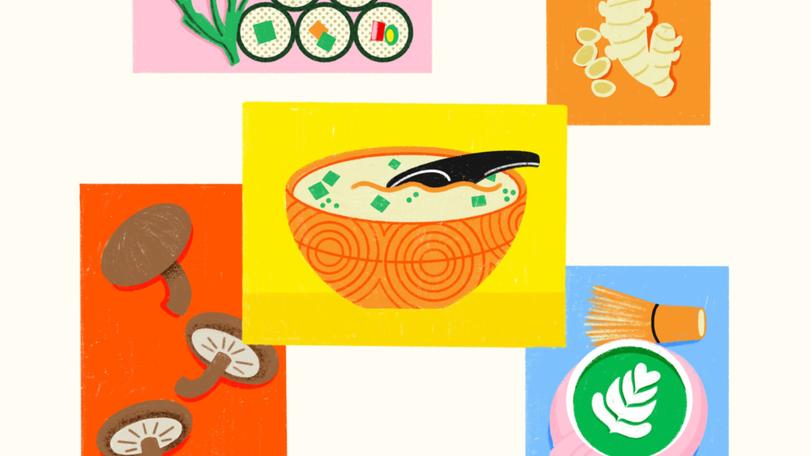
Growing up in Nara, Japan, I was surrounded by natural beauty, historic sites, long-held traditions and authentic, delicious food.
When I moved to the US as an adult, I struggled a lot with the culture of fast and processed food.
I was a busy, working parent and constantly felt ill or out of sorts because of my diet.
Sign up to The Nightly's newsletters.
Get the first look at the digital newspaper, curated daily stories and breaking headlines delivered to your inbox.
By continuing you agree to our Terms and Privacy Policy.So when I became a nutritionist, I decided to focus my work on sharing Japanese eating habits.
Anytime I return home, I am struck by the vibrancy of the elders in my community.
Their secrets to longevity are eating with intention, and keeping Ikigai, a Japanese concept which translates to finding one’s purpose.
Here are the eight foods I always keep in my kitchen and eat every day to live a longer and happier life.
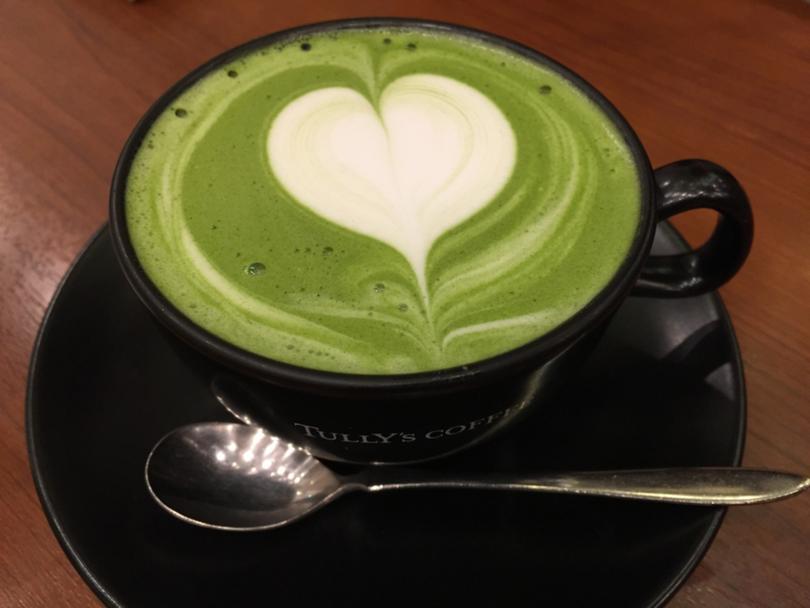
1. Matcha
My 99-year-old aunt starts every day with matcha, and so do I.
I make sure to serve it in some of the special bowls she gifted me.
Green tea has many health benefits.
It contains vitamin C, vitamin B, fibre and protein, as well as anti-inflammatory and illness-fighting polyphenols.
Those naturally occurring compounds are high in antioxidants, the nutrients that protect against cell damage.
Since I was in high school, I have practiced Chado, the traditional Japanese tea ceremony for preparing green tea.
Every morning, I sit meditatively with my matcha, chasen (bamboo whisk), hot water and bowl.
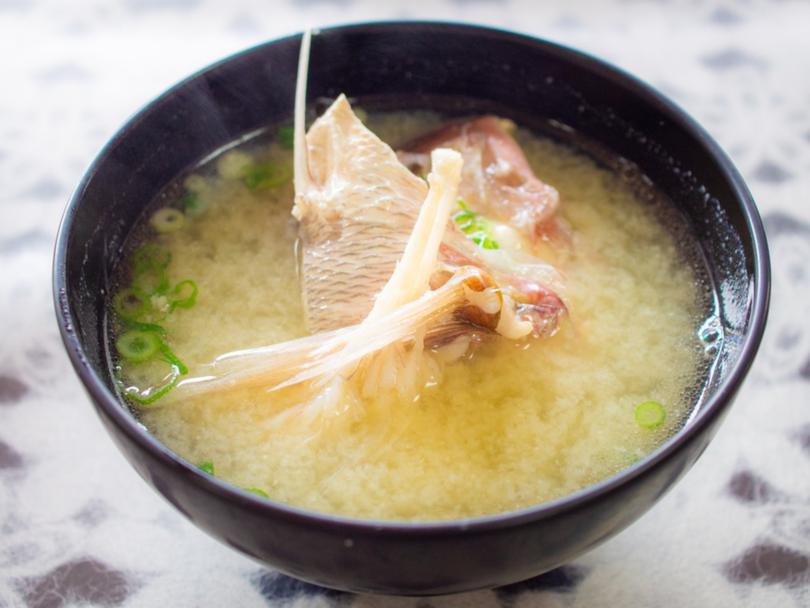
2. Fermented foods
Some of the most popular foods in Japan are miso (fermented soy paste, often used in soup), natto (fermented soybeans) and nukazuke (fermented veggies pickled in rice bran).
Growing up, my father would always bring back a pile of daikon (radishes) and seasonal vegetables from his local farmer friends.
I would sort the veggies, help pickle them and serve them with ginger.
Fermented foods are also packed with probiotics which help with digestion and absorption and can reduce the risk of disease.
Every region of Japan has unique types of miso and pickles, depending on the weather, crops, culture and lifestyle.
It can sometimes be hard to get high-quality miso here in New York, so I make my own with three ingredients: soybeans, koji rice and sea salt.
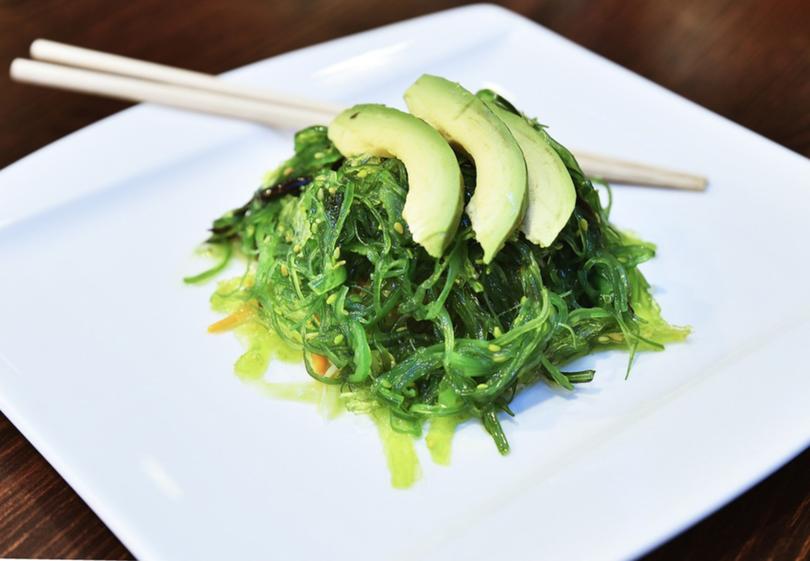
3. Seaweed
In Japan, you can find seaweed — known as kaiso — in so many dishes and snacks.
I think it is safe to say that I have consumed at least one bite of seaweed with each meal for as long as I can remember.
This flavorful and sustainable staple has many health benefits.
It’s low in calories and high in fibre. It also contains a variety of essential minerals and vitamins including iodine, iron, potassium, magnesium, vitamin B12 and omega-3 fatty acids.
At any given time, there are probably anywhere from five to 10 types of seaweed in my kitchen.
They all have different flavours and culinary uses.
For example, I’ll throw kombu seaweed into miso soup with some dried mushrooms, or make a salad with seaweeds like wakame and hijiki.
Or I’ll use kanten seaweed and red bean paste to make yummy vegan sweets.
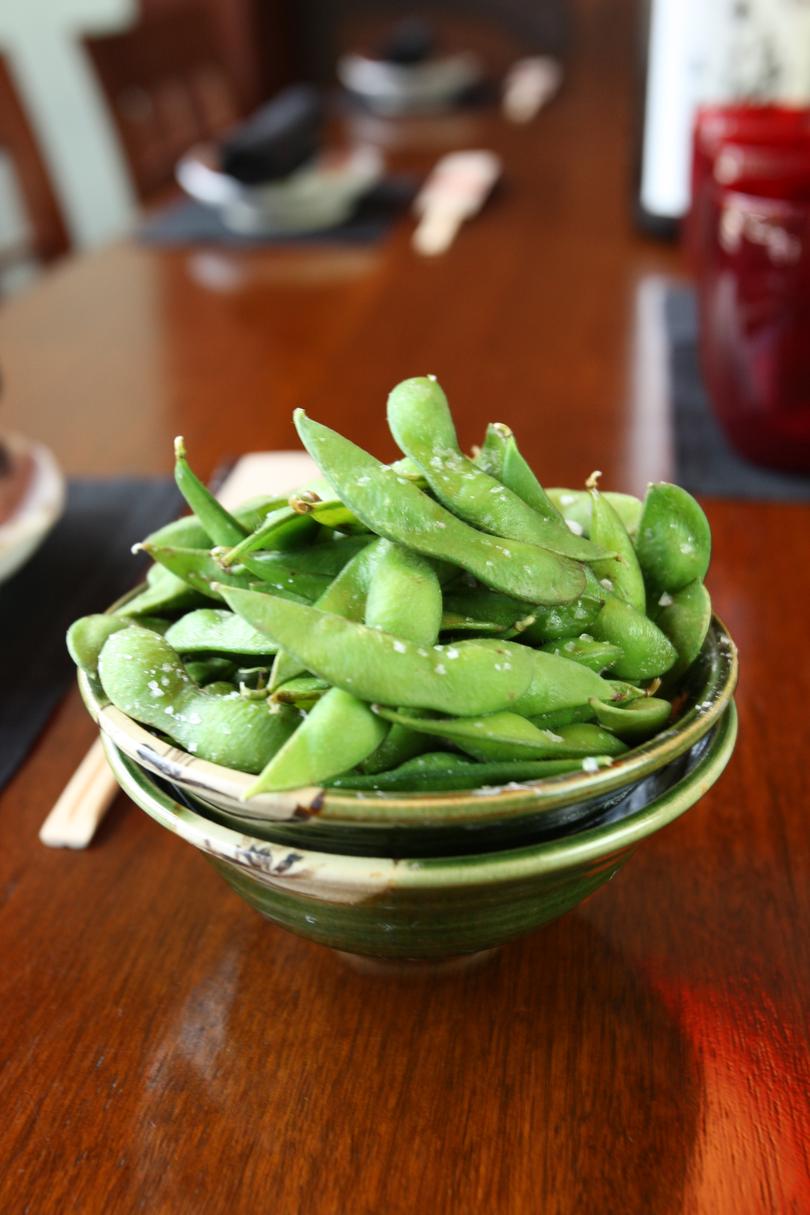
4. Beans
Soybeans are a delicious and affordable daily staple, and I’m always careful to make sure that I’m choosing minimally processed soy products.
My kitchen is not complete without edamame, kinako (soy powder), unsweetened soy milk and, of course, homemade natto and miso.
Soybeans are high in fibre, B vitamins, potassium and polyphenols like isoflavone.
I love red beans, or azuki, too.
They are rich in polyphenols, fibre, potassium, protein, B vitamins — all of which can help prevent inflammation.
Red beans are often found in soups and desserts, like wagashi, which are often served with green tea.
The ingredients for wagashi are very simple: red bean paste, sweet mochi rice and fruit.
I make it at home without any additional sugar, swapping in dried fruit and cinnamon as natural sweeteners.
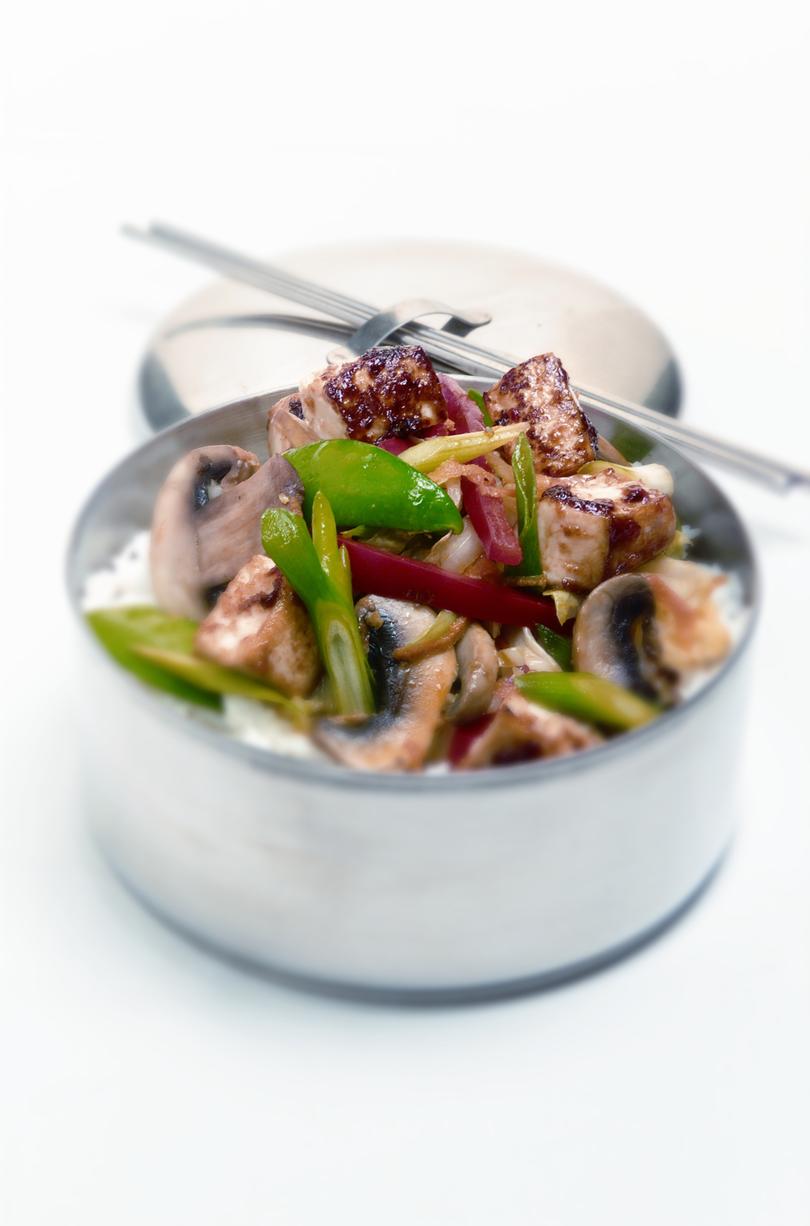
5. Tofu
I’m a big fan of tofu because it provides protein, like you would get from meat and dairy, but without any of the cholesterol. It’s also quite versatile. It is always on my shopping list because it can be used in so many different types of dishes.
During the course of the week, I might prepare it as a burger, in dumplings, with veggies in fried rice, in soup, in a vegan curry, in hummus, as a side dish, in salad dressing and sauces and even as dessert.
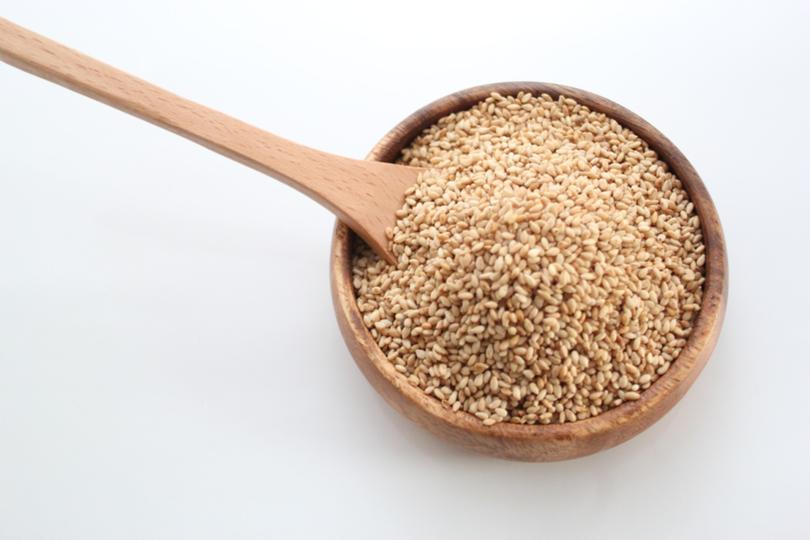
6. Sesame
Sesame seeds are my culinary superhero! Roasted brown or black sesame seeds are a kitchen staple for me, as is tahini.
I’ll typically stir-fry vegetables and fried rice with ground sesame seeds or paste instead of the oil, to get the whole benefits.
Sesame seeds are high in vitamins B and E, protein, fibre, and minerals like magnesium, calcium and phytosterols, which can help manage cholesterol.

7. Shiitake mushrooms
Shiitake is a foundational ingredient for many Japanese dishes.
The mushroom is packed with protein and vitamins D and B.
It also contains lentinan, a polysaccharide which can help fight inflammation.
I use dried shiitake for overnight dashi (soup stock) with kombu seaweed, miso soup, dressings, vinegar, curry — basically everything.
I will typically buy organic mushrooms from the local farmers market, put them on a bamboo plate, and place them at the window. I’m not the only one who enjoys them.
I found out the hard way that my neighborhood squirrels love them too.
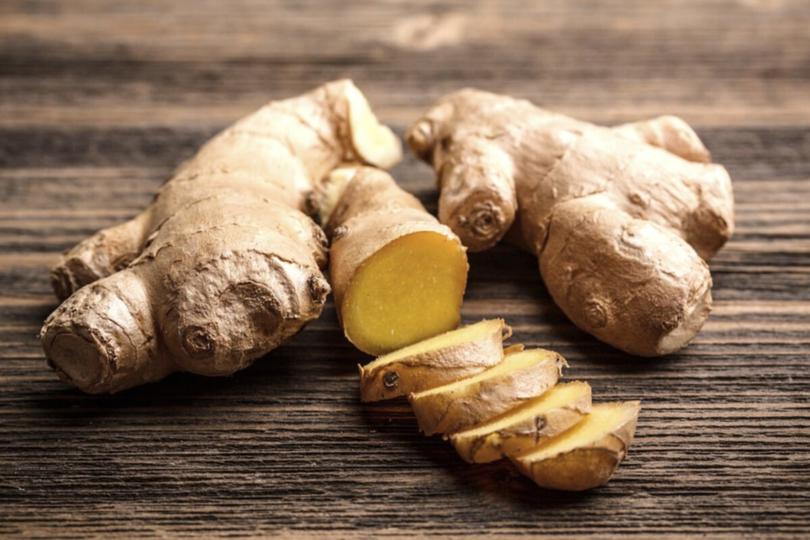
8. Ginger
Not just in Japan, but around the world, ginger is known as a healing food.
It helps boost immunity and metabolism.
It is often my go-to for settling upset stomachs and relieving colds.
Ginger enhances the flavour of dishes and protects food from spoiling.
I add a generous amount of ginger into miso soup and use it in dressings, sauces, marinades and sweets.
It’s the perfect topping for nukazuke, natto, fish and noodles.
Growing up, one of my favourite things to eat was my mother’s umeboshi (pickled plums) with ginger and red shiso pickles. And all year round, to fight illness, I love a cup of ginger tea with dried goji berries, cinnamon, matcha and kudzu.
I hope that some of my longevity favourites will find their way into your kitchens as well.
Michiko Tomioka, MBA, RDN is a certified nutritionist and longevity expert. Born and raised in Nara, Japan, her approach focuses on a plant-based diet. She has worked in nutritional roles at substance recovery centres, charter schools and food banks. Follow her on Instagram @michian_rd.
This article was originally published at cnbc.com.
Originally published as I’m from Japan, home to some of the world’s longest living people: 8 foods I eat every day
